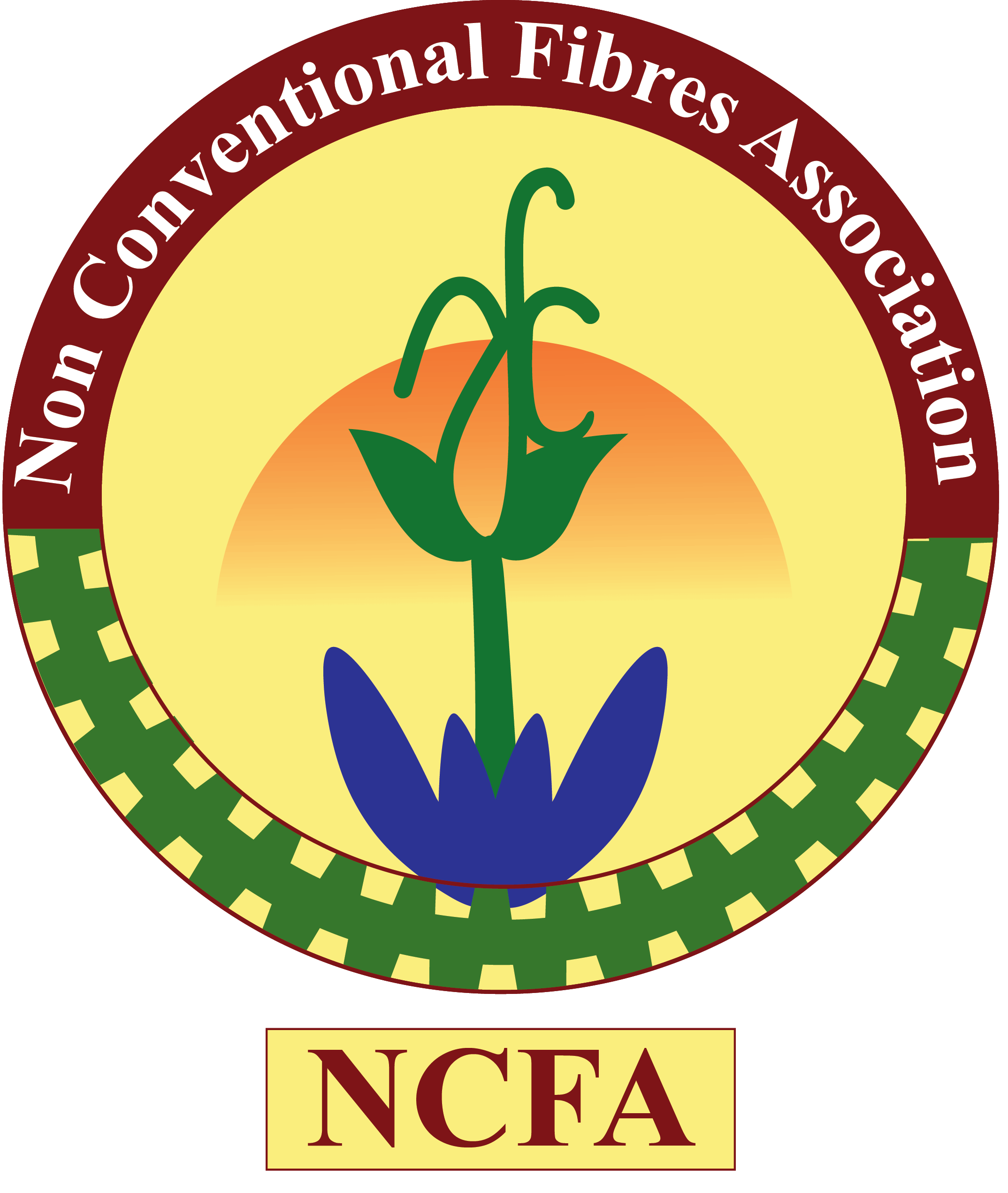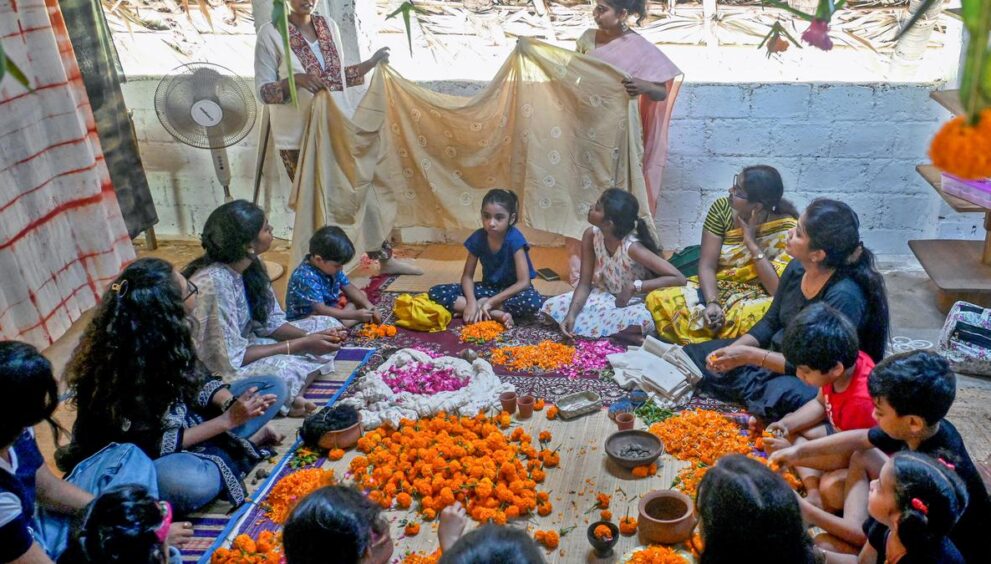The experiential tour to Sankalpa Art Village in Visakhapatnam encourages visitors to learn about tie and dye method, block printing methods and natural way of dye making.
Sankalpa Art Village (SAV) at Pedagadi is about 20 kilometres from Visakhapatnam.
Over the past few years, the Art Village has made a name for itself among followers of sustainable living for its handloom, naturally dyed clothing and natural lacquered wooden toys and farm to table organic produce. Their production unit at this centre at Pedagadi was established nearly 20 years ago. But for the first time, SAV has opened its doors to offer workshops on natural dyes, block printing and weaving. At the production unit, a team of 25 master weavers and artisans work on handloom textiles for catering to domestic and export orders, mostly to European countries and the USA.

Participants pouring flowers into a vessel to boil and make natural dyes at a workshop on tie and dye organised at Sankalpa Art Village in Visakhapatnam.
Outside the main unit of SAV, under the shade of a mango tree, creative design head Jameelya Akula bends over pots of bubbling dyes. Petals of marigold lie scattered about, as she dunks swatch after swatch into the pots, her fingertips turning shades of red and brown in the process. In a few minutes time, the fabric will come out of the pot bathed in hues of marigold.
“A huge amount of chemicals goes into the making of the regular dyes and leaves behind massive proportions of carbon emission. Nature has been generous with its colours. In the ancient times, colours on textiles were chiefly from natural dyes. In the 1850s, synthetic dyes came into existence, changing the course of the textile industry. People who worked with chemical dyes suffered health issues,” says Jameelya. In the recent years, there has been a gradual shift in the mindset of people and a growing number are willing to make the complete shift towards sustainable living and learn about natural dyes.
Growing up surrounded by plants and nurseries nurtured by her parents, Jameelya has always found calm in Nature and its hues.
After her graduation with specialisation in Product Design from Dehradun, she joined TCS Life Sciences Interactive. In 2020, she quit to follow her heart and started experimenting with colours and introduced sustainable kitchenware designs to SAV, that was founded by her parents.
“My family had a good understanding of making natural dyes and I wanted to further build on it and experiment with colour combinations. We started the natural dye workshops to bring awareness towards natural fibres and colours that have been part of Indian culture; for instance, dyeing with turmeric due to its antibacterial properties, and plants and flowers for beautiful patterns on textiles,” says Jameelya. The weavers at SAV use manjista roots for pink and cultivate indigo. The black shade is made from karakai and iron oxide combination while light buttery yellow comes from myrobalan which also acts as a natural mordant which fixes the dye to the fabric. “There’s no limit to the palette,” she says.




